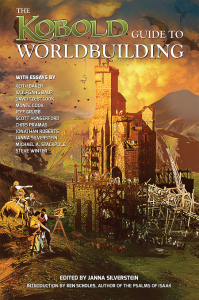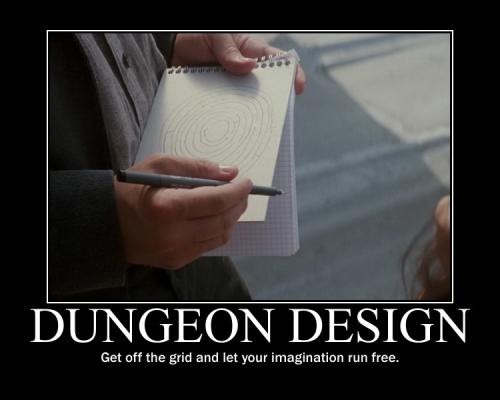Creating a setting for an RPG is a quite different thing than creating a world for a novel or a movie, or even a TV show or video game. In a normal story, the writers control what characters will be appearing and what places they will visit and what kinds of people they will meet. Everything only has to be consistent with the rest of the story and you can make up new things as you go along. A writer can even go back and change things during editing before the final work is released. Creating a campaign setting for an RPG is different, especially if you write it not only for use in your own campaigns as a GM, but might make it available to other people as well. You don’t know who the characters will be and only have limited control over what places they will be visiting because everything can still change as the story develops. To make a good campaign setting, you always have to think of a larger world, even if it is only the size of a single country or city. (Though in my experience, most new setting creators go for entire planets or at least continents, which I think is actually too grand a scale.)
But where do you start? There are a couple of guides out there, mostly online but also in print, that attempt to provide a good overview over the subject of worldbuilding and hand the reader a kind of step-by-step checklist. The AD&D Worldbuilder’s Guidebook is probably one of the most well known, but once I got the opportunity to give it a read I found it rather lacking. Yes, first you start with a globe (or other type of body), then you decide what is water and what is land, place the mountains and rivers, forests and deserts, kingdoms and towns, and so on. But unless you really have no clue at all about the creation of a new fictional world (in which case you’re probably not the main audience for such guides), these are things you all already know. The real questions are how you create a world in a way that it is exciting, unique, and has real traction, and avoid it just being generic, inconsistent, and overly exotic to the point of getting silly?
 Earlier this year, I stumbled upon The Kobolds Guide to Worldbuilding, and it turned out to be just the kind of book that adresses exactly these things!
Earlier this year, I stumbled upon The Kobolds Guide to Worldbuilding, and it turned out to be just the kind of book that adresses exactly these things!
Continue reading “Review: The Kobold Guide to Worldbuilding”

